Joint Media Release: Wednesday, July 8 2020
People across regional NSW will benefit from mental health and wellbeing workshops focused on ‘prevention through connection’, thanks to a four-way collaboration between the NSW Government funded Rural Adversity Mental Health Program (RAMHP) and Gotcha4Life, Landcare NSW and Surf Life Saving NSW.
Minister for Mental Health Bronnie Taylor said the partnership would bring together a wealth of experience and knowledge to provide support for regional communities who were facing ongoing challenges.
“It continues to be a really tough time, especially for people living with the triple challenge of drought, bushfire and the COVID-19 pandemic,” said Mrs. Taylor.
“It is completely normal for people to be having confronting thoughts and feelings, and this is about making sure that people have strong connections in the community and know where to go to for specialist help when the going gets really tough.”
“Each of the partners has a good understanding of the unique local challenges as well as a great deal of trust within the community, which means they are well-placed to make a difference from the ground up.”
The RAMHP is a major project of the Centre for Rural and Remote Mental Health (CRRMH) in partnership with each of the rural NSW Health Districts, and is funded by the NSW Government. There are currently 20 RAMHP Coordinators who live and work across NSW. RAMHP works to address the short and long-term mental health needs of rural and remote communities in NSW by connecting people to the help they need.
RAMHP Program Manager Tessa Caton said continuing to find new ways of building mental fitness and capacity in rural communities was essential.
“RAMHP will provide the advice that only a ‘local’ knows about each rural community and where to get help for your mental health.”
“We are looking forward to working with Gotcha4Life, Landcare NSW and Surf Lifesaving NSW to ensure our rural communities have access to a full suite of mental fitness programs and are equipped with the skills and tools to cope with ongoing challenges,” said Ms. Caton.
Founder of Gotcha4Life and media personality Gus Worland said the not-for-profit foundation’s vision is a world where people are open, honest and supportive in their relationships and comfortable to express themselves when they are not okay.
“We envisage a society in which everyone has a Gotcha4Life mate who they can open up to, warts and all, and rely on no matter what. This collaboration will be vital to help engage people across NSW who are battling with the effects of drought, fire and COVID-19,” he said.
Dr Adrian Zammit Chief Executive Officer at Landcare NSW said that while the organisation’s mission is to continue to care for the land and environment, it is founded on a series of close-knit communities that they support.
“The value we all gain from investing in these relationships and harnessing our extensive network means thousands of members across NSW will be able to have access to the mental fitness programs and powerful messaging that Gotcha4Life can bring,” Dr. Zammit said.
Surf Life Saving NSW CEO Steven Pearce said the visions and beliefs of all the organisations are closely aligned, and the concept of building emotional muscle to protect against poor mental health really resonated.
“While the role of the surf lifesaver is to be a first responder, Surf Life Saving also plays a powerful role in protecting life, whether it be by saving people on our beaches or through saving them from poor mental health by building resilience and fostering healthy, connected communities”.
If you have any concerns about yourself or a loved one, please contact the NSW Mental Health Line on 1800 011 511 or call Lifeline on 13 11 14.
MEDIA:
Richard Shute (Dept Mental Health, Regional Youth and Women) | 0409 394 232
Samantha Stratton (Landcare NSW) | 0487 767 955

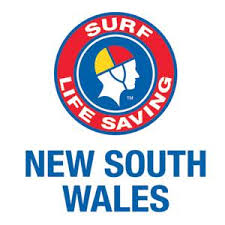

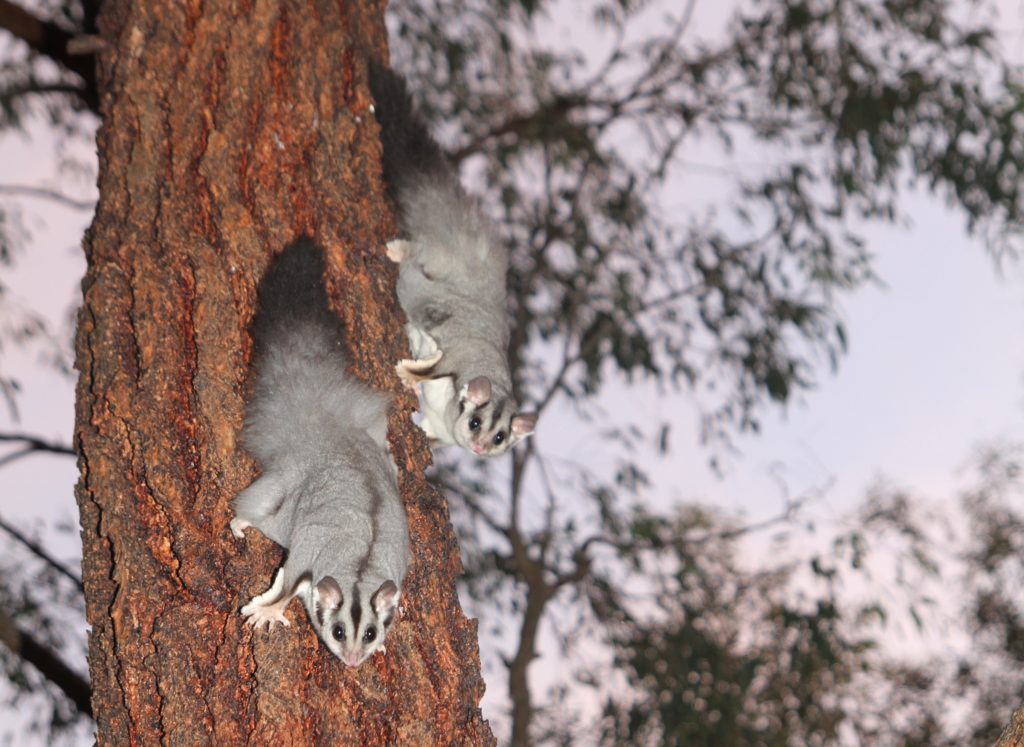
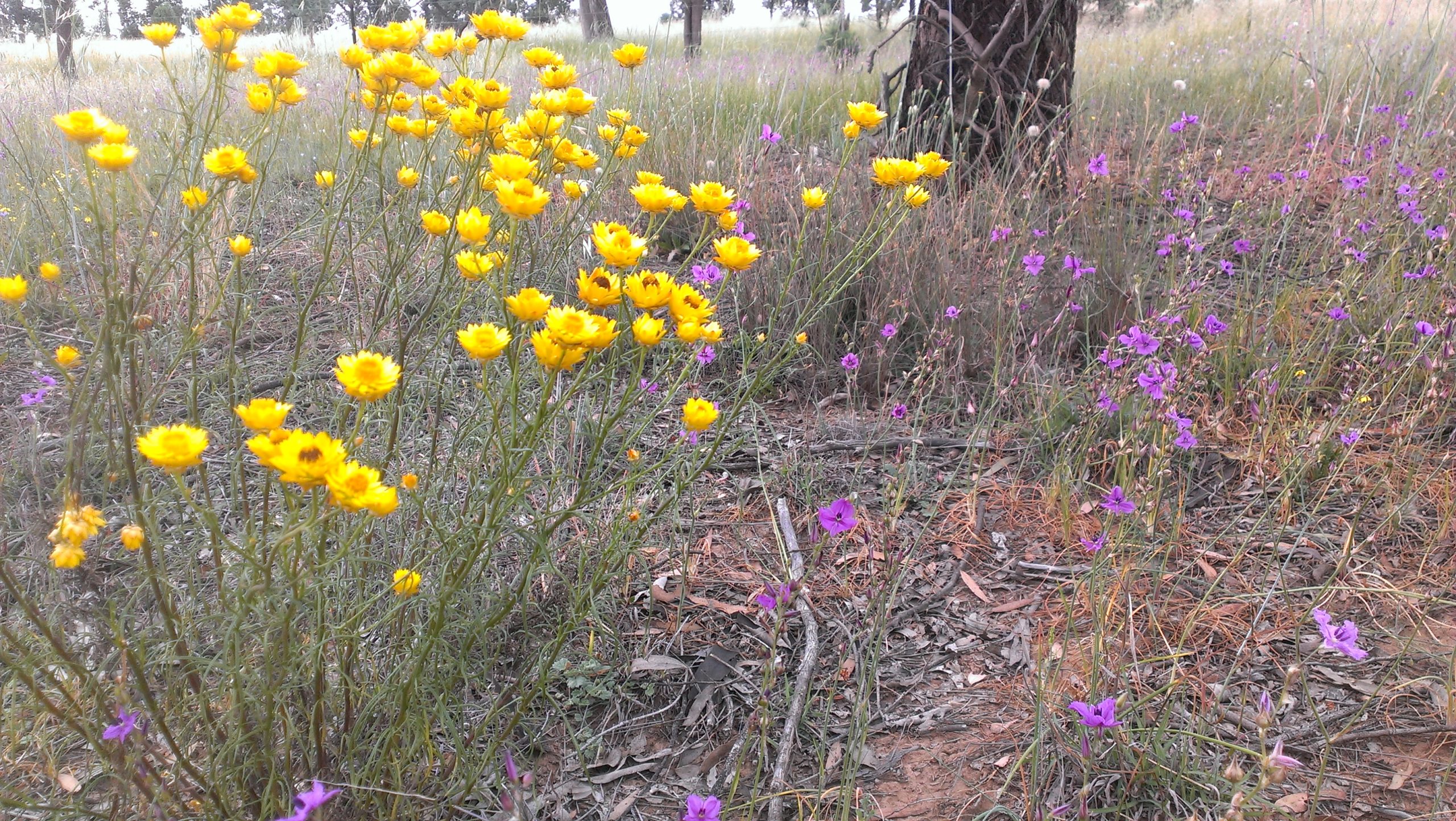
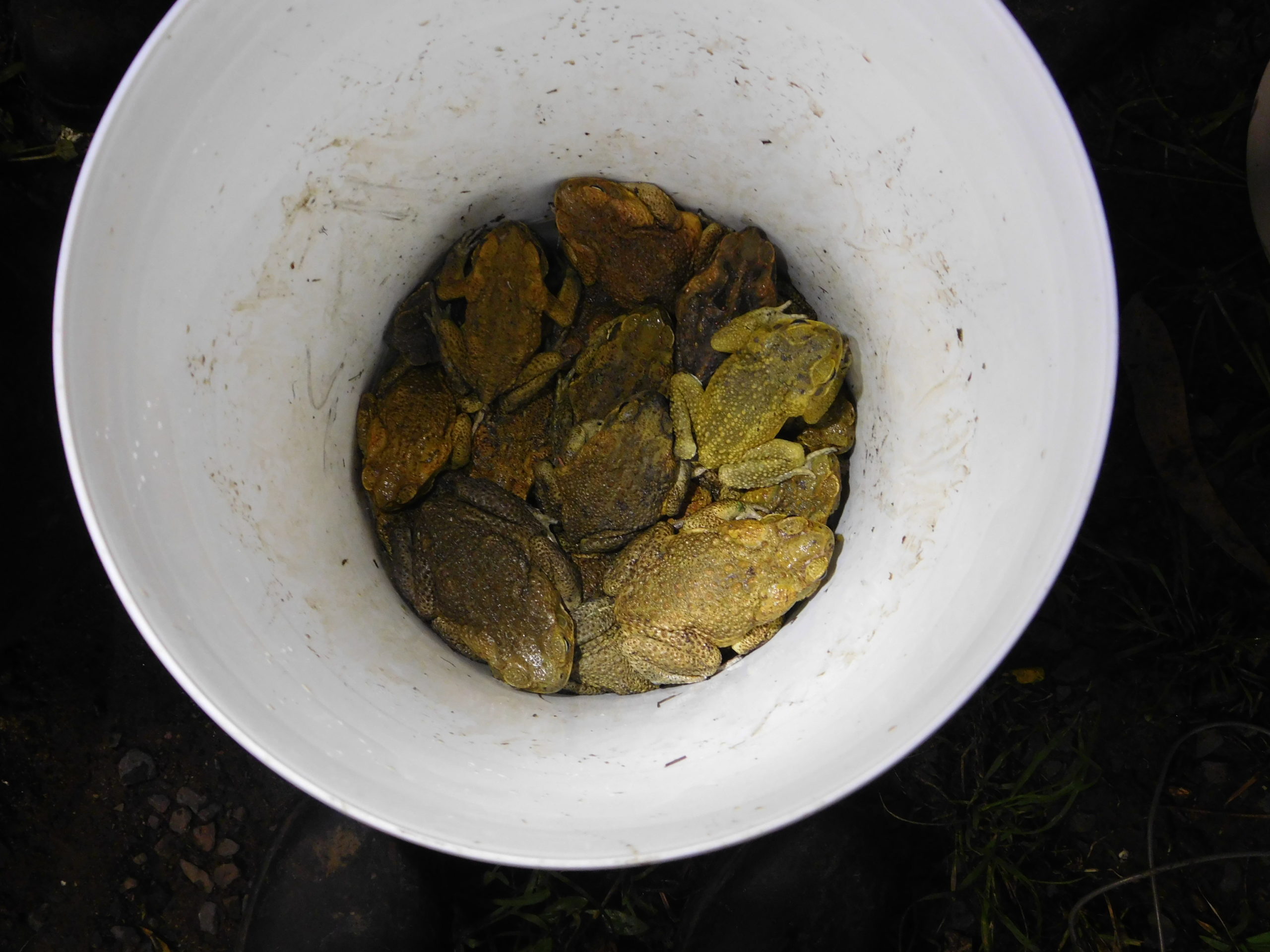
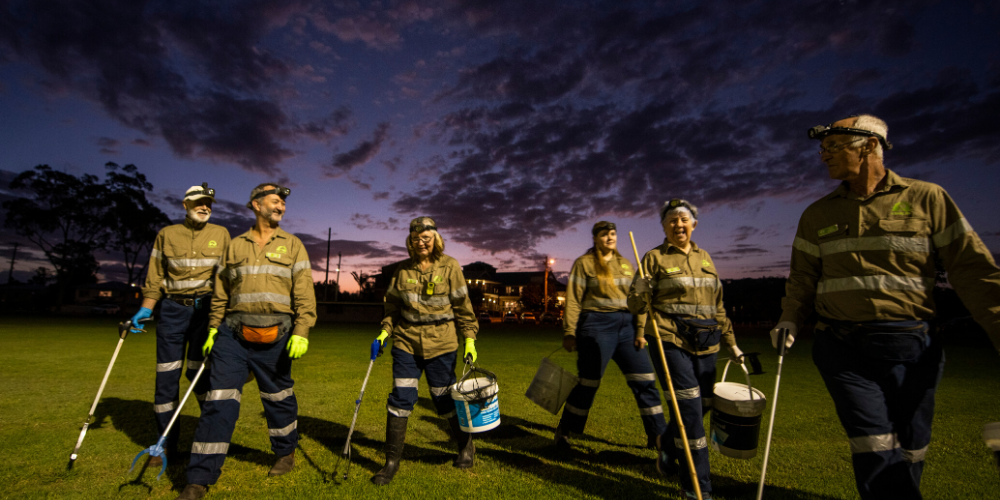
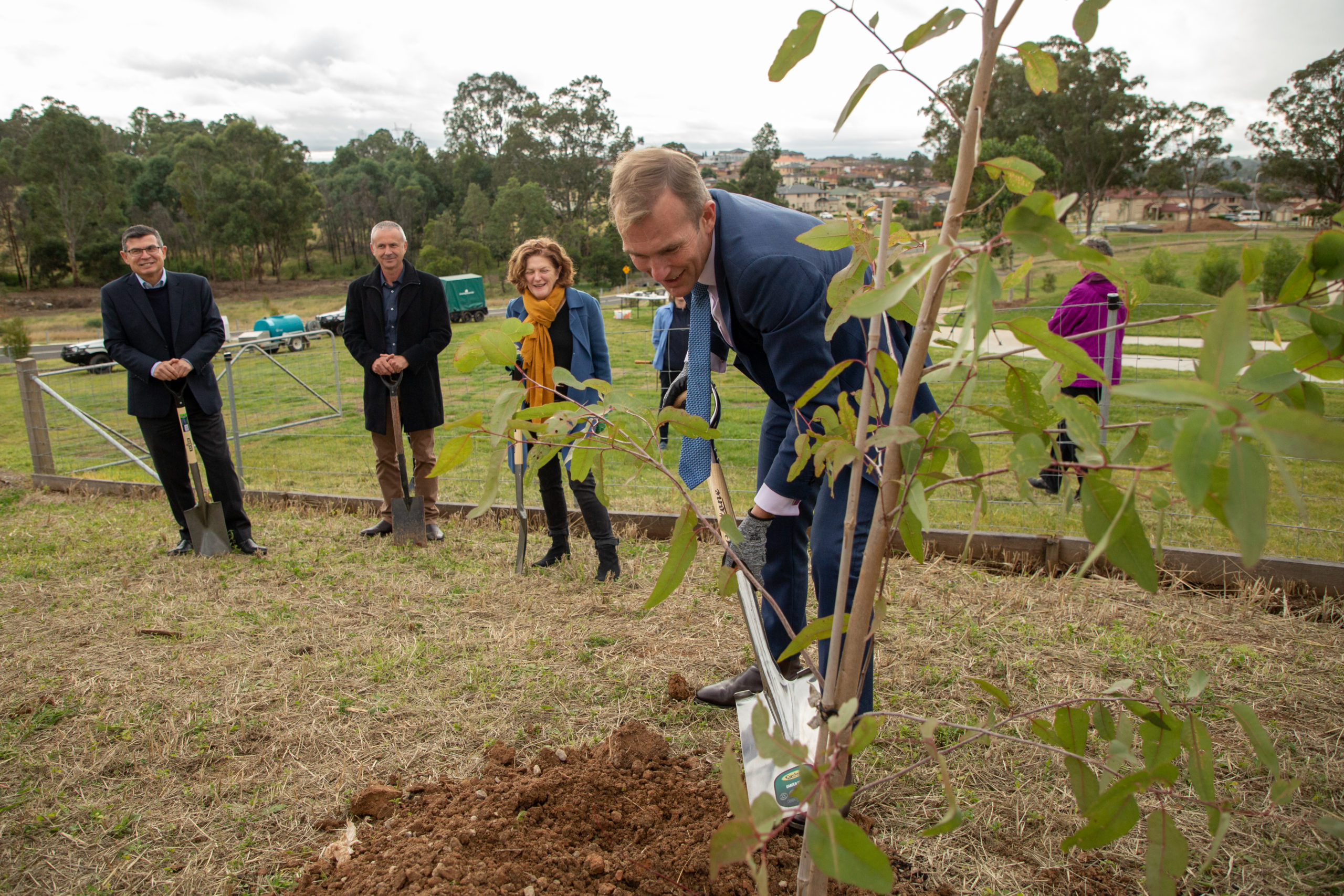
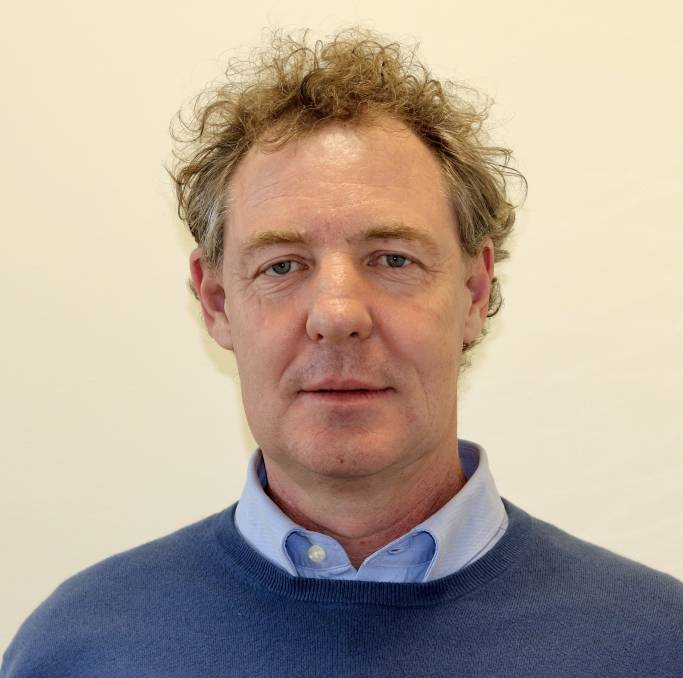 Opinion editorial courtesy of the National Landcare Network and NLN Chair Dr Patrick O’Connor
Opinion editorial courtesy of the National Landcare Network and NLN Chair Dr Patrick O’Connor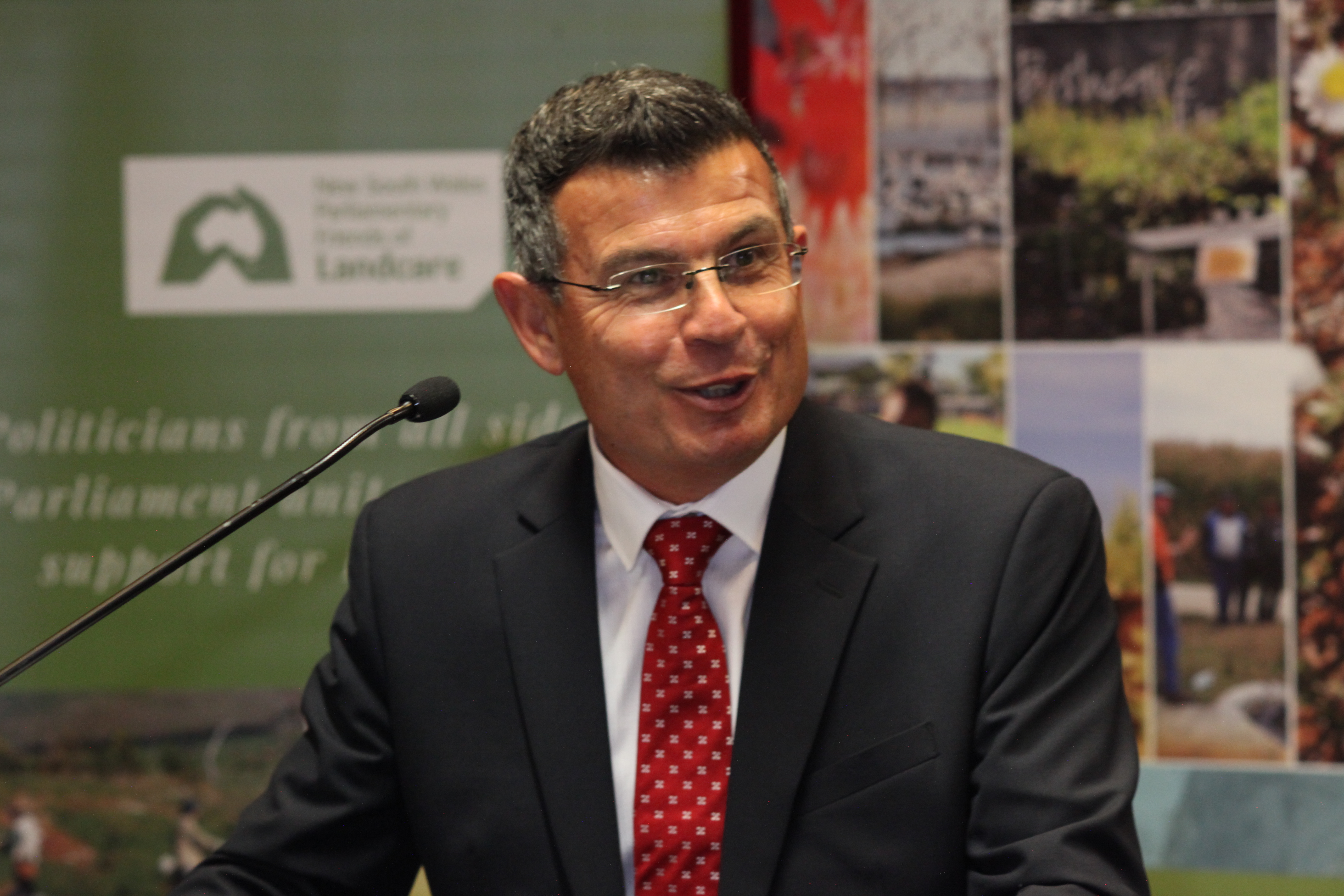 While Australia grapples with the COVID-19 pandemic which poses an acute threat to our wellbeing and way of life, climate change and its many manifestations remains a serious and chronic threat to life as we know it.
While Australia grapples with the COVID-19 pandemic which poses an acute threat to our wellbeing and way of life, climate change and its many manifestations remains a serious and chronic threat to life as we know it.